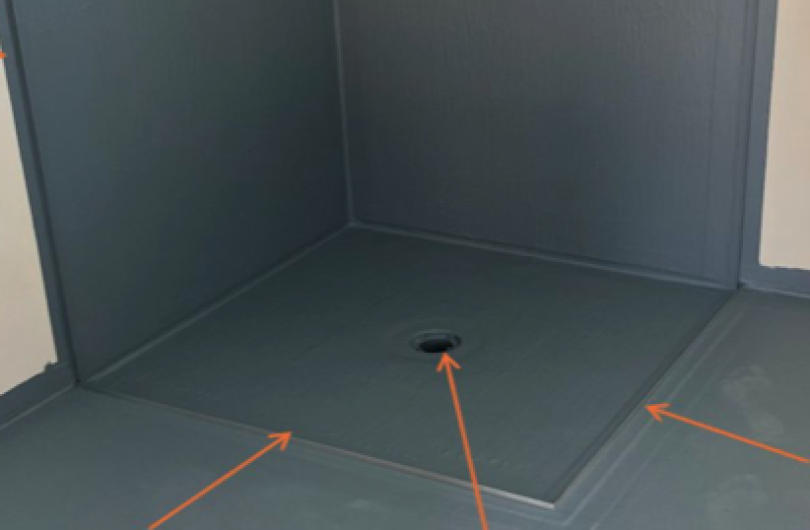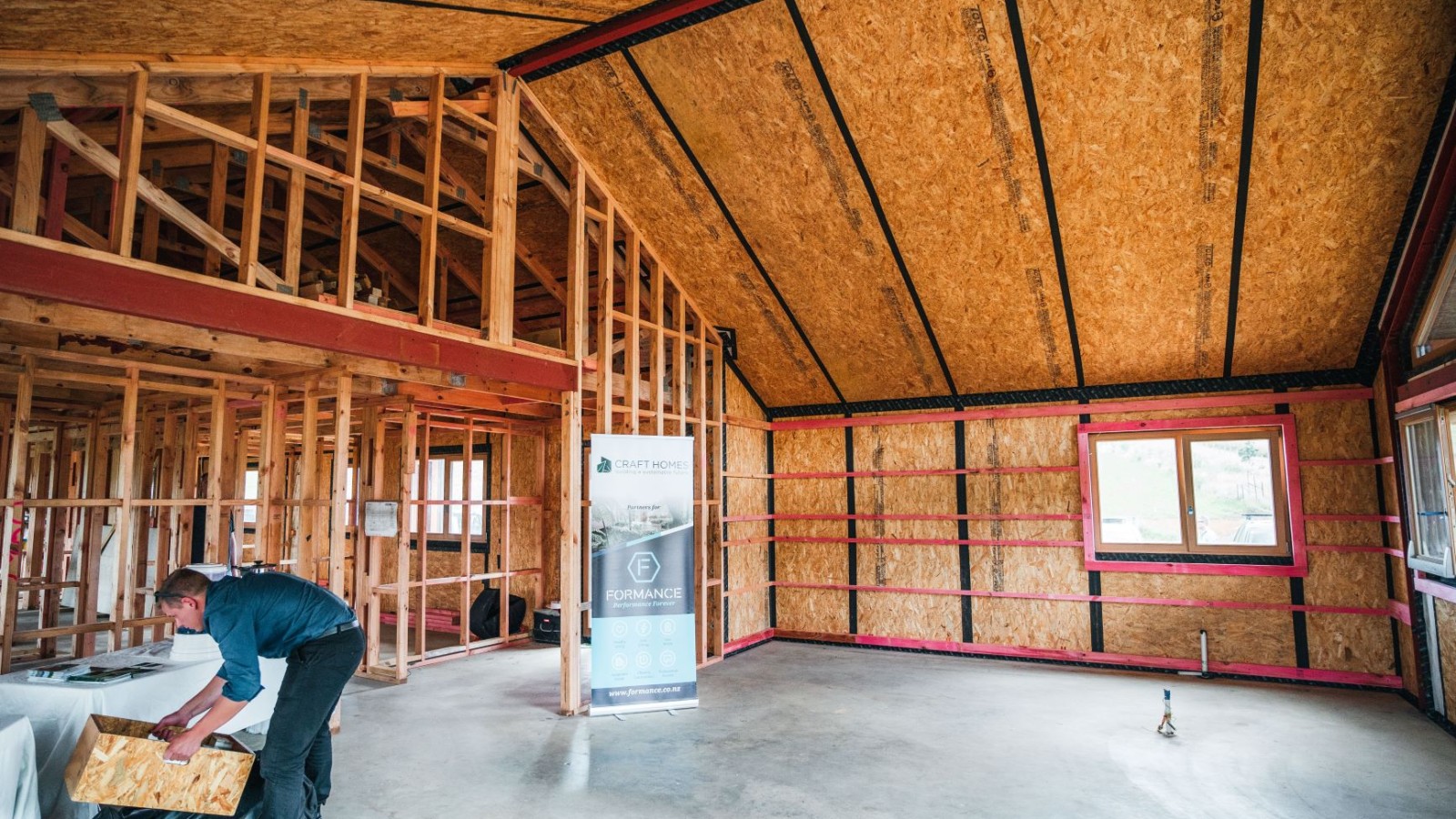1
The Pro Clima NZ technical team offers expert advice on how to manage moisture and condensation to create healthy, durable and energy-efficient buildings to live, learn, work and play in — now, and for generations to come.




































 Most Popular
Most Popular Popular Products
Popular Products


